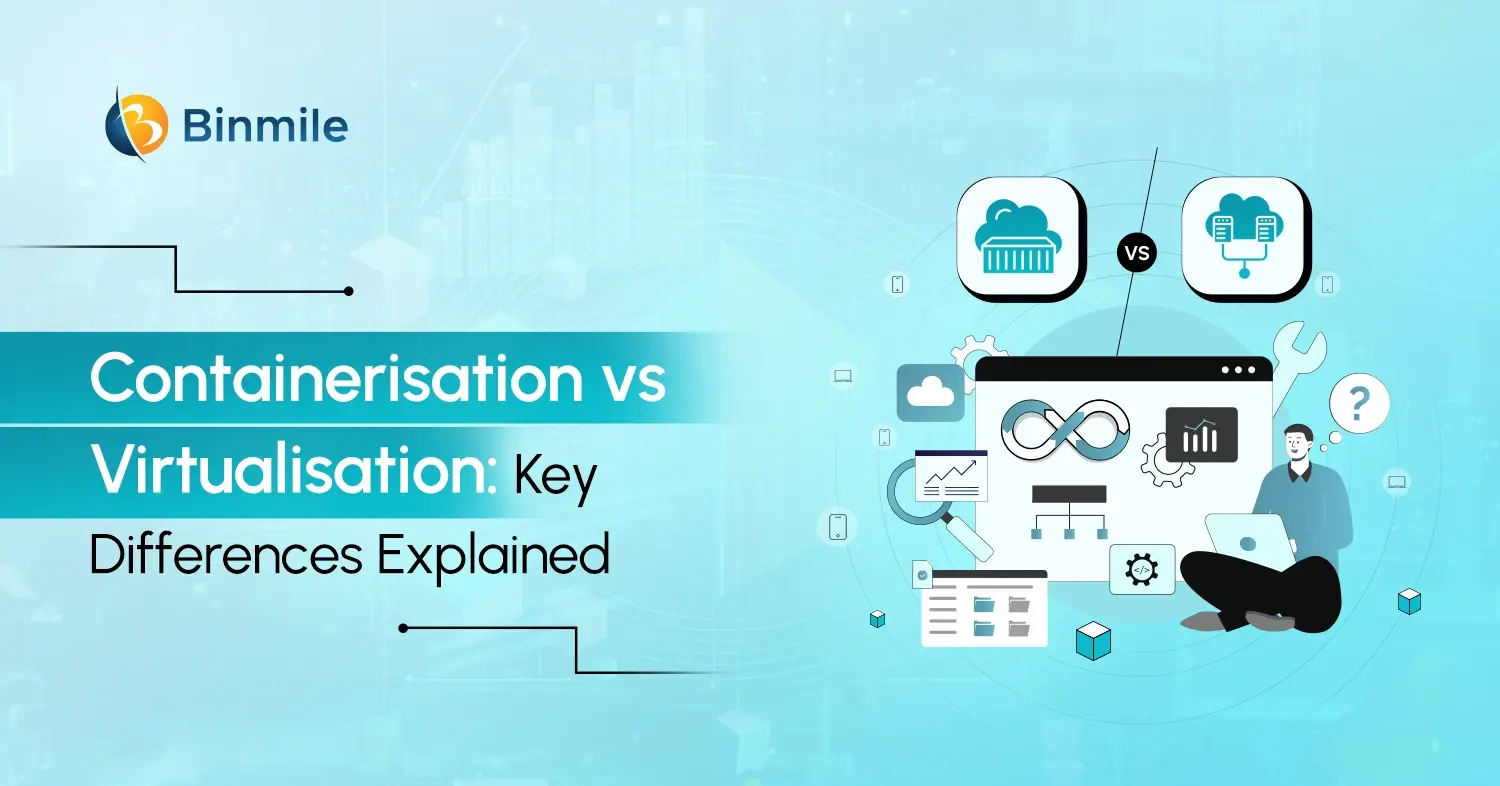Modern app users’ expectations have reached an all-time high since feature-rich, and performant apps came into existence. Users don’t want to compromise with apps that fail to communicate, render updated information, and lack trust. Modern users give preference to product transparency for consistent use. Interestingly, some new APIs for apps were developed to help web developers provide features like push notifications, real-time update emails, and live chat. These communications APIs accomplish specific tasks to keep users updated and satisfied. Read below more on the three most common types of user communication APIs. Also, find how you can use them to create the best end-user experience in various circumstances.
Core User Communication APIs
It is mandatory to formulate a smooth communications strategy during the app development phase. If not, it will give some hiccups to end-users. That is why developers and engineers need to manage messaging to end unnecessary bottlenecks that badly affect engineering time. End users expect to get regular updates frequently about the product or service they are availing. You can serve your customers in the marketplace only with communication APIs. Communication APIs are vital for app functionality and response to user actions. Primarily, there are three types of communication APIs:
- App-to-user APIs (like push notifications)
- Brand-to-user APIs (message to targeted audience)
- User-to-user APIs (like a live chat among users)
Let’s move ahead and discuss the advantages and disadvantages of the three types of APIs.
App-to-User APIs
Generally, App-to-user APIs are customized, instant communications or transactional messages rooted into the app code. Typically, engineers send such communications as a vital aspect of the app experience. That is why these APIs are considered mission-critical.
This core user communication API is time-sensitive and designed to send directly to end-users when the trigger events occur. For example, you get a one-time password for login when you receive any product or service. Any robust app-to-user API offers users
- Multi-channel communication (email, SMS, and push notification)
- Complex routing
- Easy opt-in and opt-out for users.
You can also automate these APIs to send notifications automatically. Engineering teams use app-to-user APIs, and companies have plenty of resources can build their infrastructure for app-to-user APIs.
Brand-to-User APIs
Brand-to-user communication APIs are typically instrumented when you have a message for a specific user group. These APIs collect data and send messages to the targeted audience individually or collectively. Commonly, marketing and product teams get benefits from such APIs.
In the app code, engineering teams implement API calls to log user behavior information. The information is sent to an isolated dashboard to use the same data to send messages to users’ specific subsets. These APIs save engineering time by helping teams send and access valuable data.
Although these APIs are the best for sending messages to users, they are not configurable to empower core parts of the app experience. Messages can go out minutes to hours after user criteria for the message have been met. Brand-to-user communication APIs easily end implementation delays and time to populate.
When you think of fine control over messaging timing or within engineering, these APIs come to your aid.
User-to-User APIs
User-to-user APIs ease live chat or active conversations among app users (two or more individuals at different locations). The best example of such APIs is support tickets like live chat boxes that enable customers to have direct conversations with other departments like marketing, support, or sales teams. In the same manner, two different users can share messages and information.
Such APIs can be developed and built out in-house. Companies also use some ready-to-use SaaS solutions to save time.
Also Read : API Design Best Practices for Development
Summing Up
All apps are not the same; so are their utilities. Most apps can use more than one user communications API to enrich the user experience. Any app may likely have app-to-user, brand-to-user, and user-to-user APIs. An app-to-user API is vital for your app’s core functionality, and a brand-to-user API is ideal for sending messages to users. Finally, a user-to-user API ensures customers fast and accurate access to back-and-forth communication. You can take get instant assistance from leading mobile app development companies to implement a communication API of your choice in your business app.
Remember that a thoughtful communications strategy for user Communication APIs can help you get a seamless experience for end-users.
Follow us on LinkedIn to get a more technical informative blog related to ServiceNow, Microsoft Dynamics 365, DevOps Solutions, Automation testing services, and so much more









